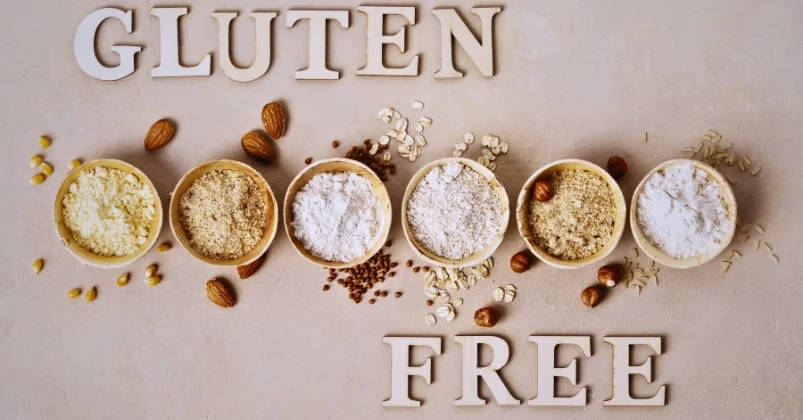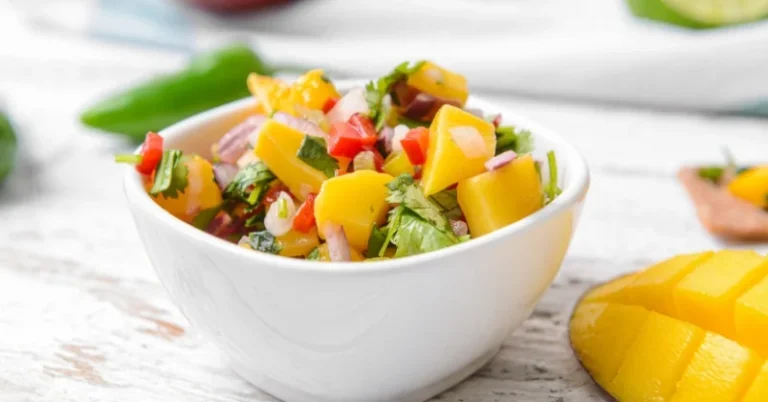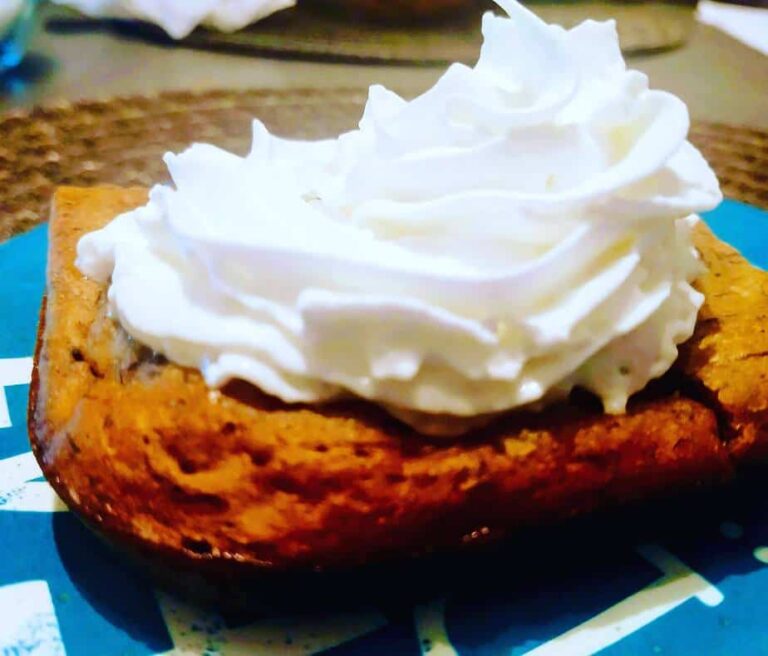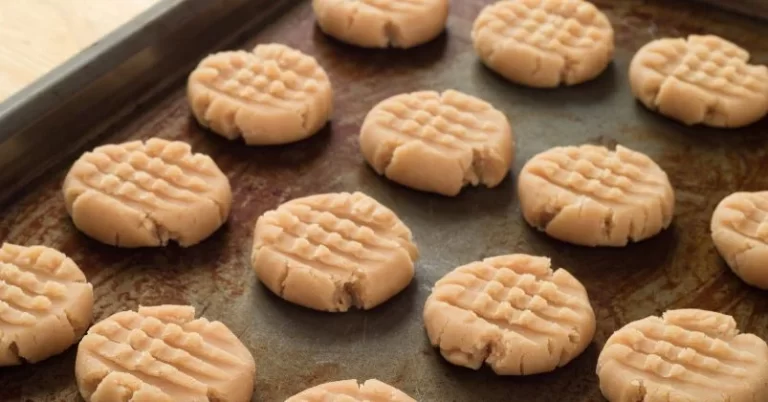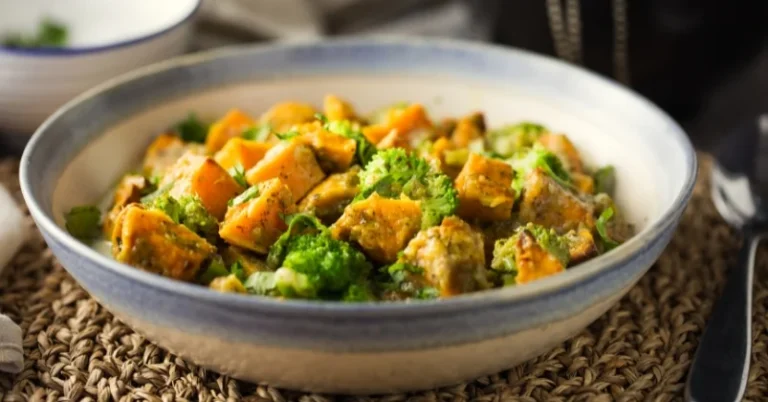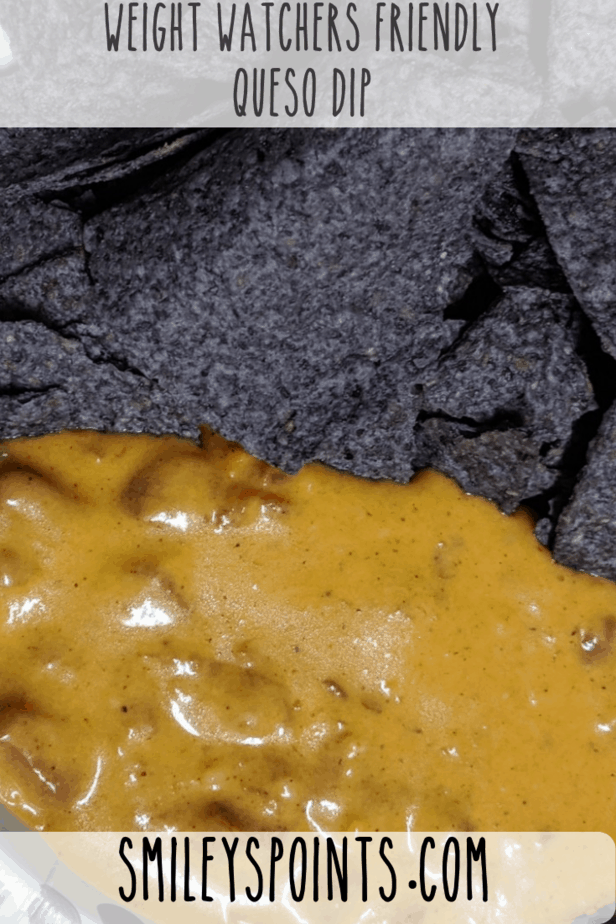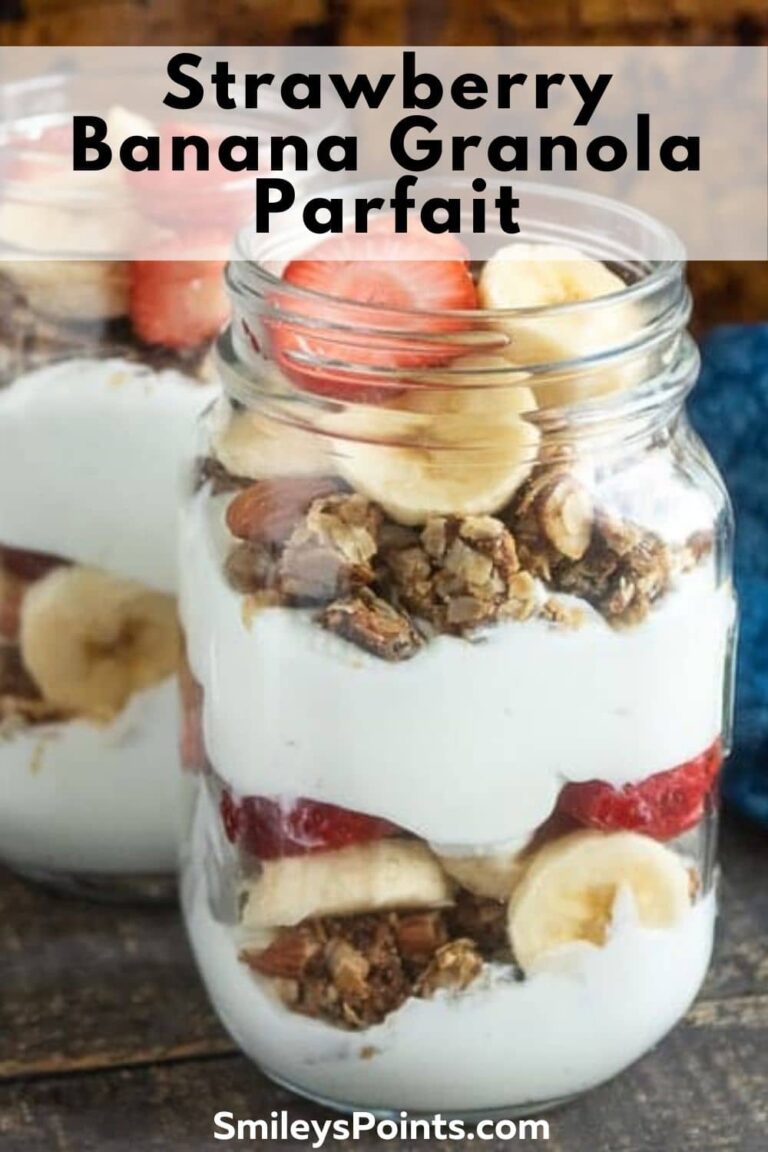Exploring the World of Gluten-Free Flours for Beginners
When exploring the world of gluten-free baking, you can easily become apprehensive based on the variety of flours available. Gluten-free flours have gained popularity in recent years, opening up a world of possibilities for those with celiac disease or gluten sensitivity and anyone looking to explore alternative ingredients. In this beginner's guide, we'll walk you through common gluten-free flours and their uses, helping you navigate this exciting culinary terrain.
Understanding Gluten
Before jumping into gluten-free flours, let's understand what gluten is. Gluten is a protein found in wheat, barley, and rye, and it's responsible for the elastic texture of bread and the structure of many baked goods. For those with gluten-related health issues, such as celiac disease or non-celiac gluten sensitivity, avoiding gluten is crucial to maintaining their well-being.
Gluten-Free Flour Basics
Gluten-free flours are derived from grains, nuts, seeds, and tubers that naturally do not contain gluten. Each type of flour has its unique properties, flavors, and uses. Here are some commonly used gluten-free flours:
1. Rice Flour
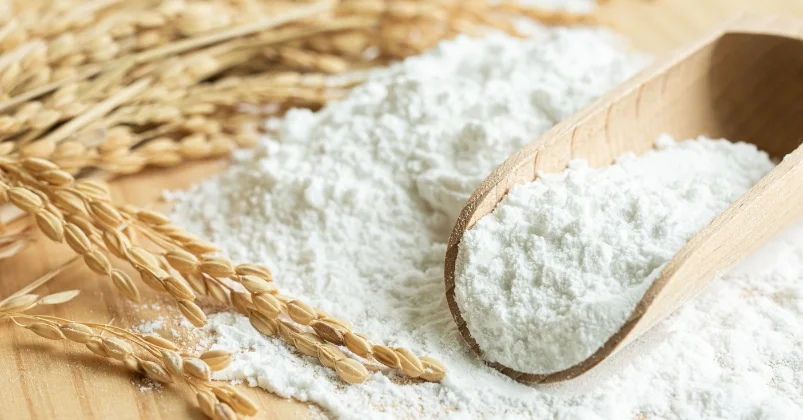
Rice flour, made from finely ground rice grains, is one of the most versatile gluten-free flours available. It has a neutral flavor and works well in both sweet and savory recipes. Rice flour is often used in gluten-free baking mixes, pie crusts, and as a thickening agent for sauces and soups.
2. Almond Flour
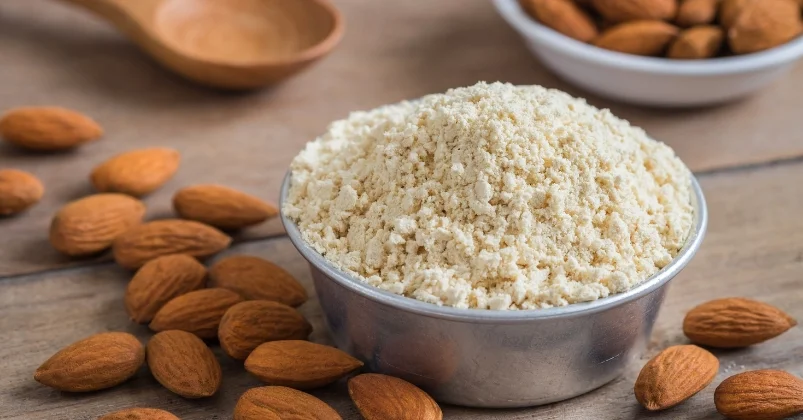
Almond flour, made from ground almonds, adds a delightful nutty flavor to your recipes. It's high in healthy fats and protein, making it a popular choice for gluten-free baked goods like cookies, muffins, and pancakes. Almond flour also adds a moist and tender texture to recipes.
3. Coconut Flour
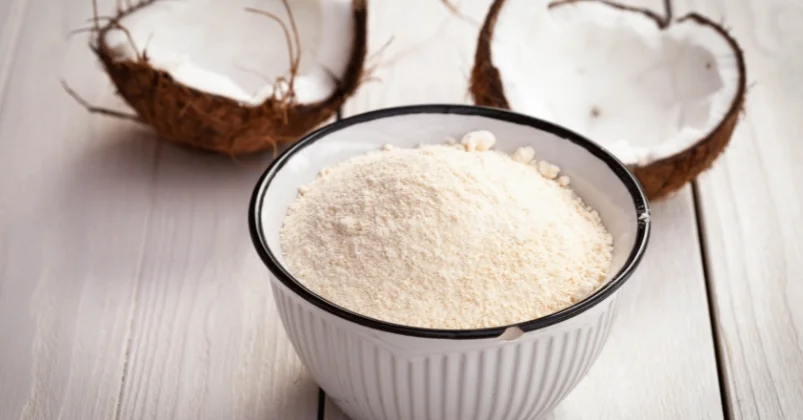
Coconut flour is a unique option made from dried and ground coconut meat. It's high in fiber, low in carbohydrates, and imparts a subtle coconut flavor. This flour is ideal for creating moist and dense baked goods such as brownies, pancakes, and certain bread recipes.
4. Tapioca Flour
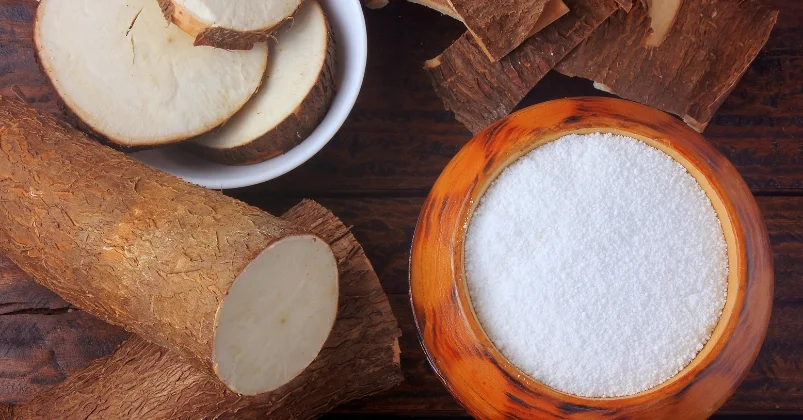
Tapioca flour, also known as tapioca starch, is a starchy, slightly sweet flour made from cassava roots. It's an excellent choice for thickening sauces, soups, and gravies. Tapioca flour is also used in gluten-free baking to improve the texture and crumb of bread, cakes, and cookies.
5. Sorghum Flour
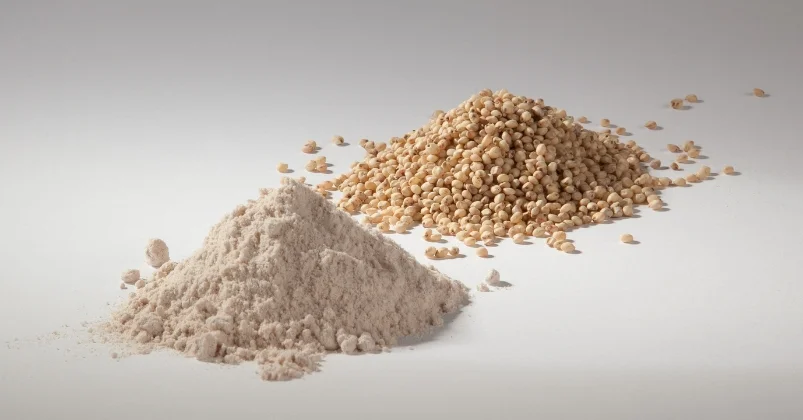
Sorghum flour, milled from sorghum grain, has a mild, slightly sweet flavor. It's often used in combination with other flours to create a balanced texture in baked goods. Sorghum flour is suitable for making bread, pizza crusts, and muffins.
6. Chickpea Flour
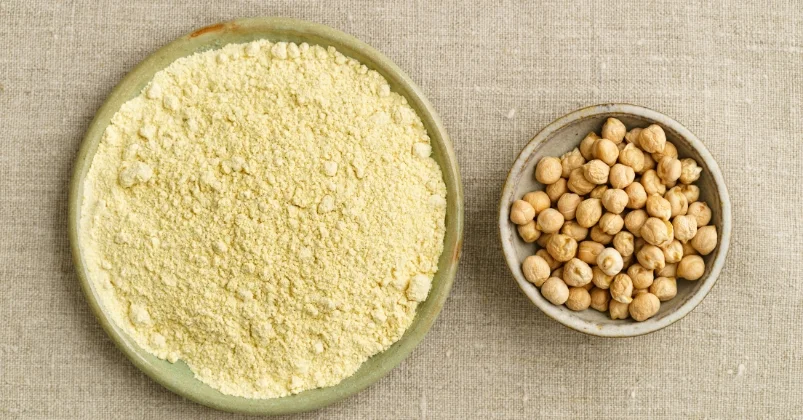
Chickpea flour, also called gram flour or besan, is made from ground chickpeas. It has a slightly nutty flavor and is commonly used in savory dishes like Indian pakoras, crepes, and gluten-free flatbreads. Chickpea flour is a versatile option for both baking and cooking.
7. Potato Flour
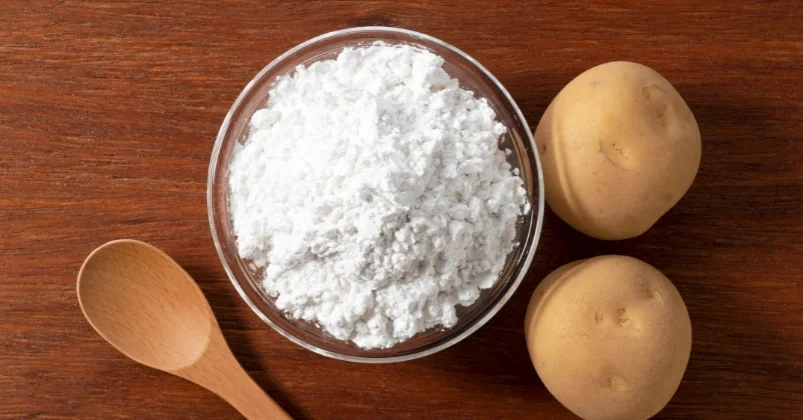
Potato flour is made from whole potatoes and has a neutral taste. It's often used as a thickener in soups, stews, and gravies. In gluten-free baking, potato flour can be used in small quantities to improve moisture retention in bread and pastry recipes.
8. Buckwheat Flour
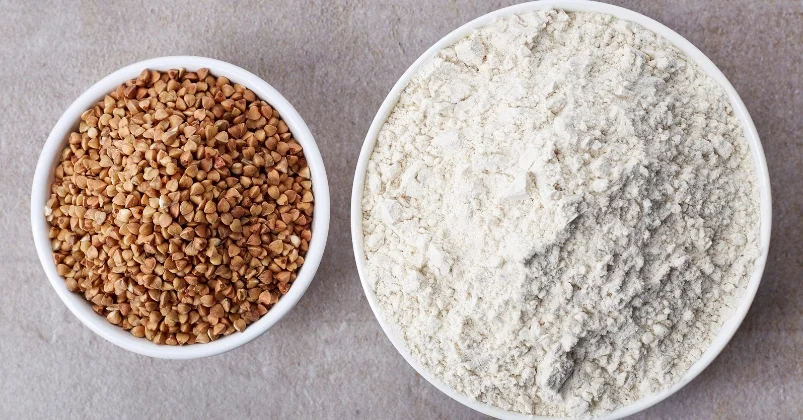
Despite its name, buckwheat is naturally gluten-free and not related to wheat. Buckwheat flour has a robust, earthy flavor and is a staple in gluten-free pancakes, crepes, and soba noodles. It's high in protein and fiber, making it a nutritious choice.
Choosing the Right Flour
The key to successful gluten-free baking is understanding which flour or blend of flours will work best for your recipe. Here are some tips to help you choose the right one:
1. Consider the Recipe
Think about the type of dish you're making. Some flours work better in sweet recipes, while others shine in savory dishes. For example, almond flour is excellent for cookies, while chickpea flour is perfect for savory flatbreads.
2. Texture Matters
Texture plays a significant role in gluten-free baking. If you're aiming for a light and fluffy result, consider combining flours to balance out the textures. Experimentation is key to finding the right mix.
3. Dietary Preferences and Restrictions
Take into account any dietary restrictions or preferences you or your guests may have. Some flours are higher in protein or fiber, which can be advantageous in specific diets.
4. Flavor Profiles
Consider the flavor the flour imparts. Some flours, like coconut flour, have distinctive flavors that can enhance certain recipes. Make sure the flour complements the overall taste of your dish.
Gluten-Free Flour Blends
If you're feeling overwhelmed by the prospect of choosing and combining different flours, you're in luck! Many gluten-free flour blends are available on the market, specifically designed to mimic the properties of all-purpose wheat flour. These blends are convenient and often produce excellent results in a wide range of recipes.
Baking is a science, so experiment!
As with any culinary endeavor, practice makes perfect when it comes to gluten-free baking. Don't be discouraged if your first attempts don't appear as expected. Gluten-free baking is both an art and a science, and it may take some time to find the perfect combination of flours and techniques that work for you.
With the wide variety of gluten-free flours available and a little experimentation, you can create delicious dishes that everyone can enjoy, regardless of their dietary restrictions. So, roll up your sleeves, stock your pantry with gluten-free flour, and embark on a flavorful gluten-free baking journey.

